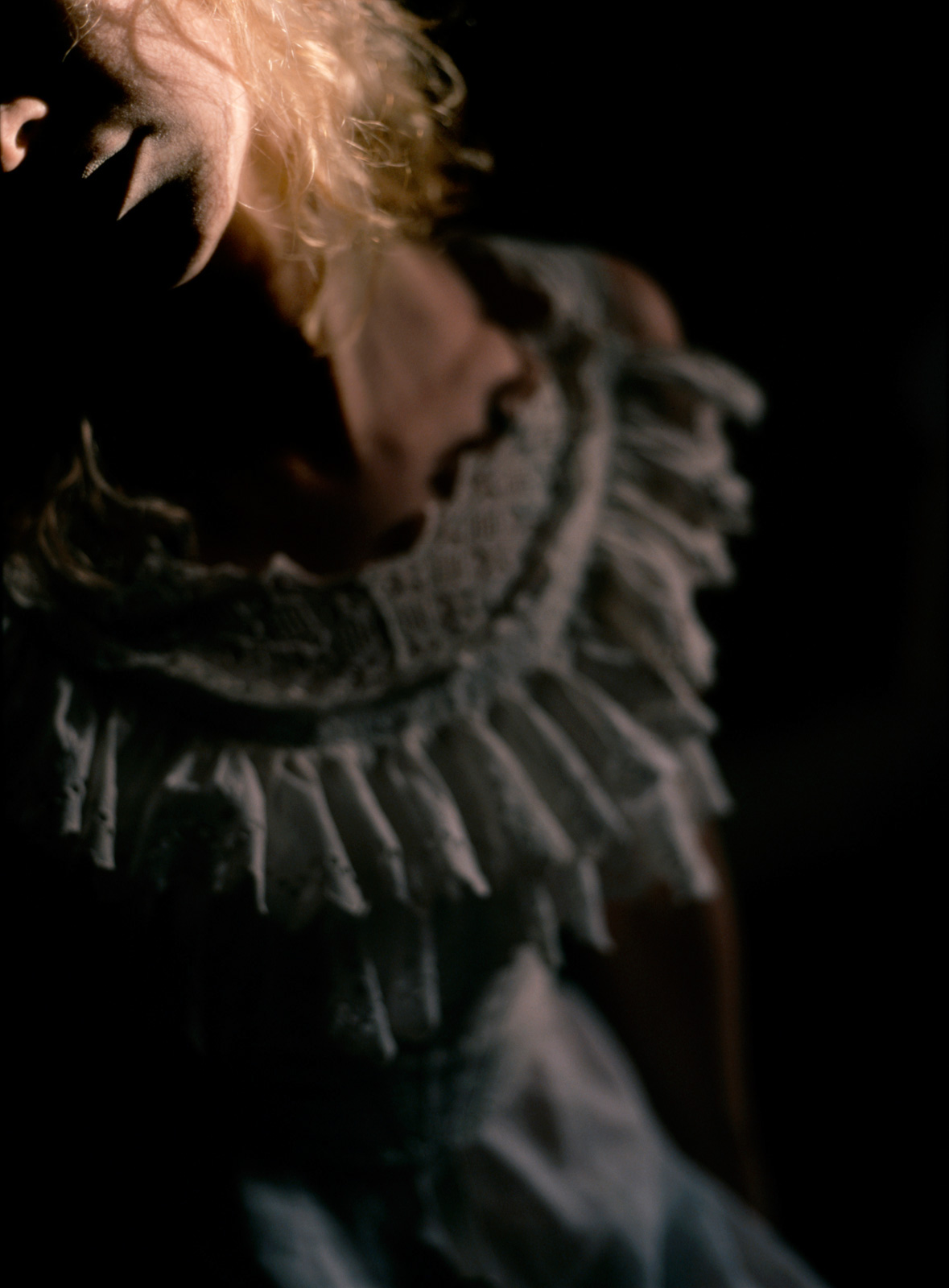









2010
For me, to portray Lady Ines de Castro, the most representative way would be her posthumous coronation.
This episode, emblematic of romantic imagery, especially by the love-passion narrative that was destined to a miserable end. In such a way that the introduction of romanticism in Portugal caused the Ines myth to captivate several authors, in fields as diverse as the arts, literature or theatre. To this day, Lady Ines serves as inspiration for works in several countries.
One of the most famous adaptations will certainly be the episode of 'Pedro and Ines' in 'Lusiadas'. How 'Love' is introduced as the main villain, being ascribed human features, I think that emphasizes the melancholic drama in this episode making it memorable.
As such, I have always seen Ines as a 'Lusitan Ophelia' the perfect representation of the pre-Raphaelite ideal. This artistic group founded in England in 1848, mainly dedicated to painting, was organized as the medieval guilds and arises as a reaction to the English academic art that followed the molds of classic artists of the Renaissance. Inserted in a romantic spirit revival and aiming to return to art its purity and honesty as in medieval art.
The tragic, ethereal beauty desacralized by the cruelty of Men and the refusal of Ines to go against her spirit, shows how this story is an example of pre-Raphaelite thematic. The myth of Ines is representative of the untouchable and dreamed image of this style.

